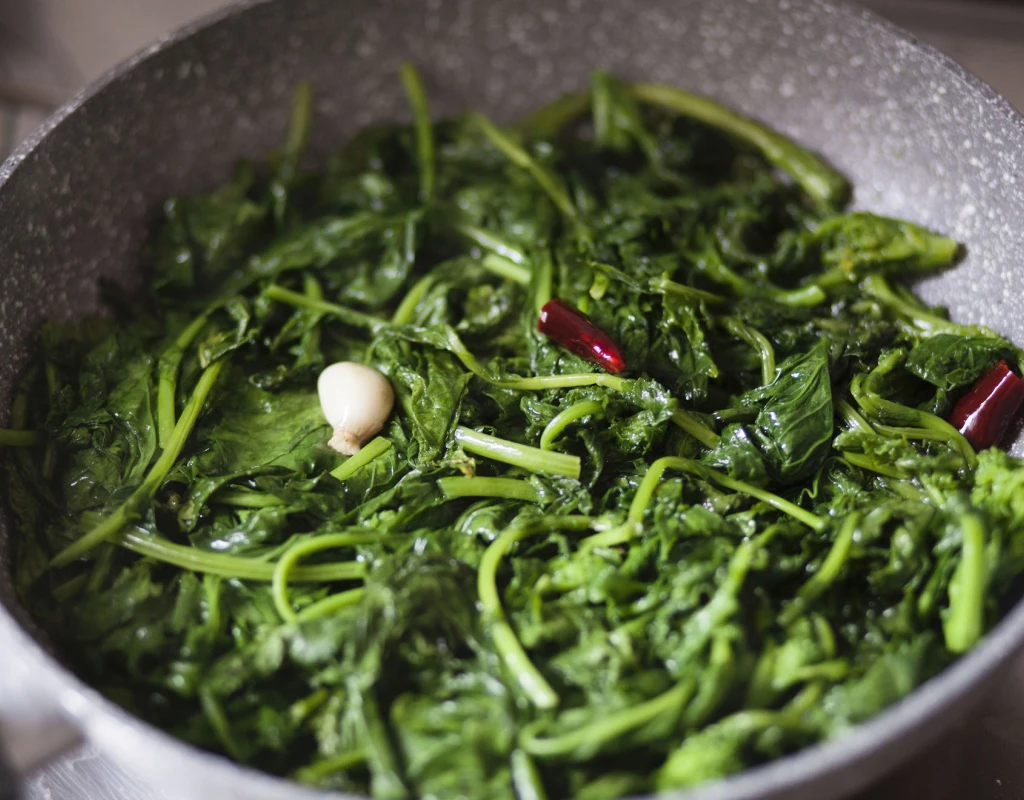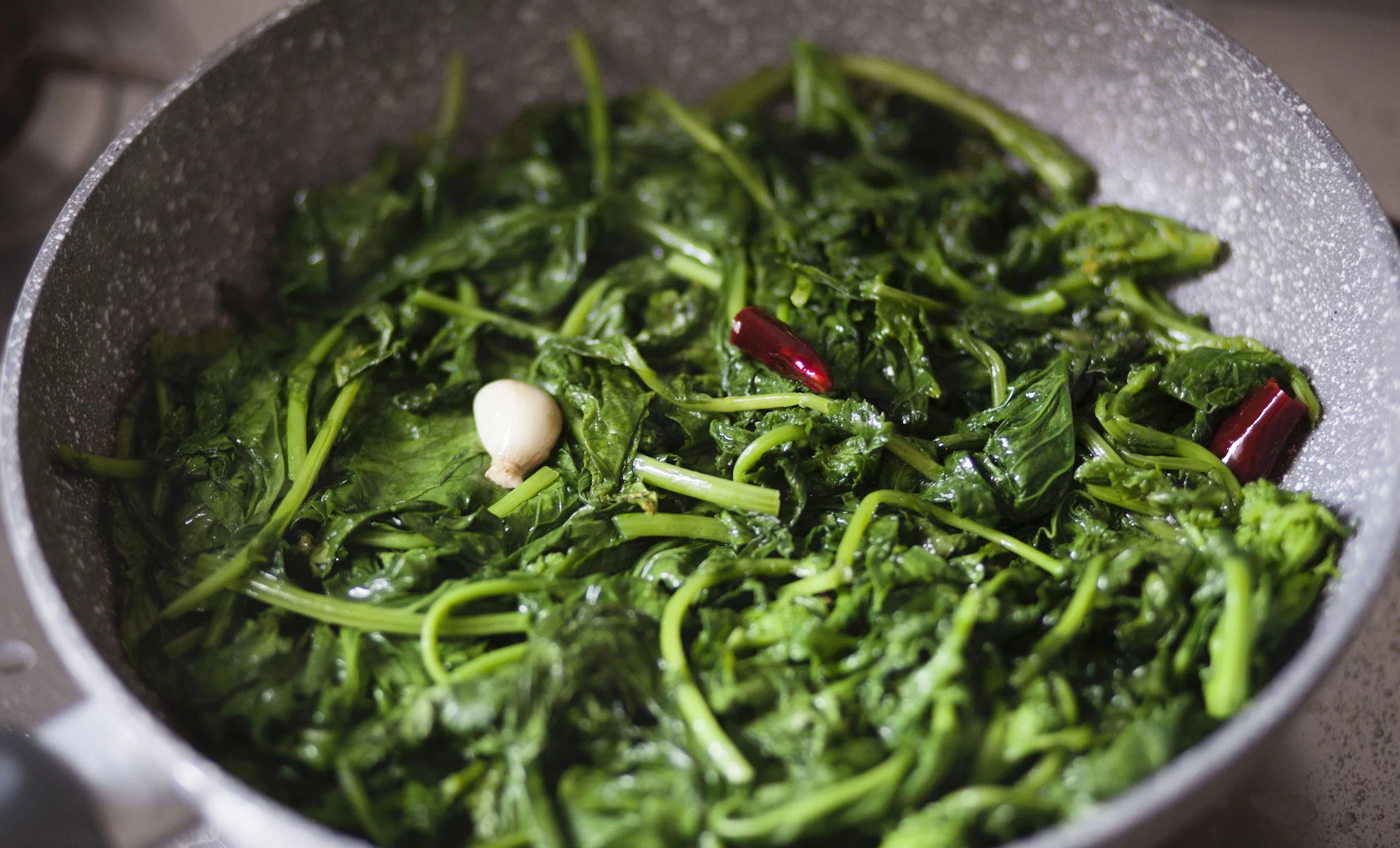From a bundle of dark green leaves, some of the tastiest dishes of Campania cuisine are born. The friariello is not only the expression of a culinary culture that responds to the imperative of never throwing anything away: it is also one of the most delicious and tasty vegetables that the fertile land of Campania Felix has ever given to its people.
A bundle of friarielli | Ph. Machi di Pace - Trentaremi
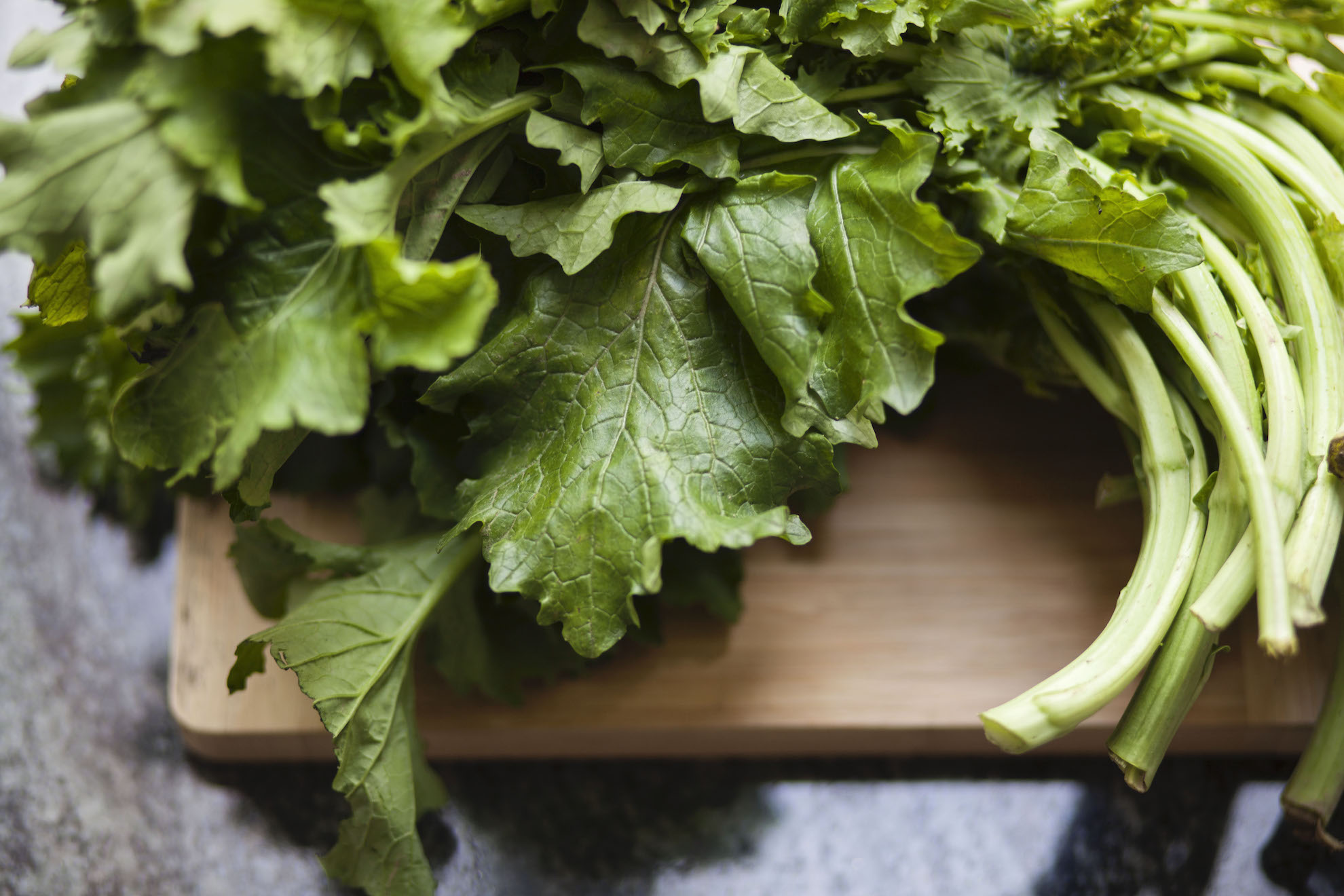
We are talking about an inflorescence of the turnip, which reaches the peak of its quality between November and February, widespread in the province of Naples, from Acerra to the borders with Caserta, in the province of Benevento and in the Piana del Sele, a stone's throw away from Cilento. The friariello, cooked in a pan with garlic, extra virgin olive oil and chilli pepper, is the best known recipe.
To understand why it is still so successful on the tables of Campania, we have to look at the times when Naples was the Capital of the Kingdom of the Two Sicilies. In the mid-eighteenth century, when Ferdinand IV was on the throne together with his wife Maria Carolina of Asburgo Lorena, sister of the most famous Marie-Antoinette of France (just the one who will then be beheaded in public square during the French Revolution).
Stir-fried friarielli | Ph. Machi di Pace - Trentaremi
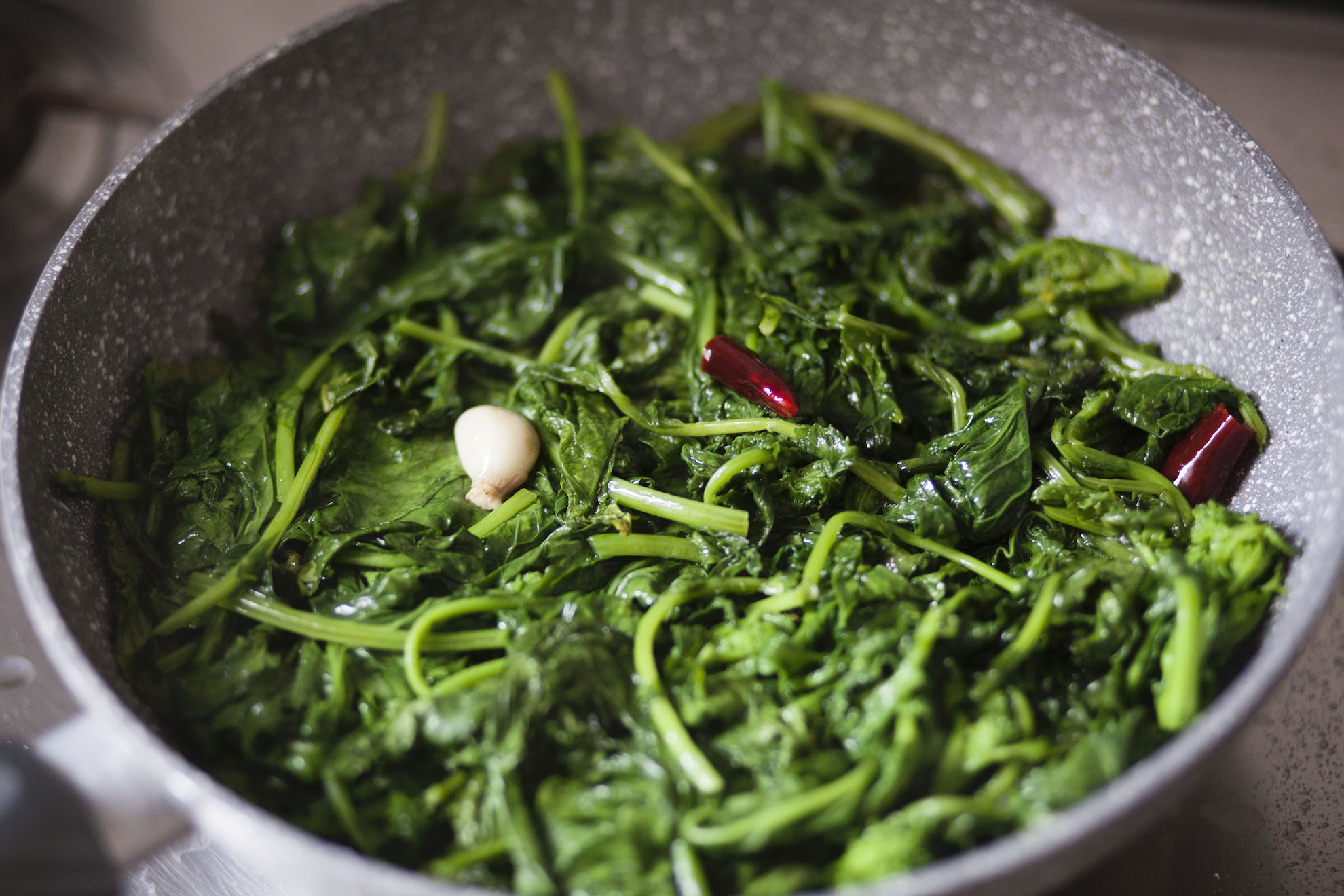
Maria Carolina was indeed very envious of her sister, who sat on the throne of an elegant city like Paris. She said that popular Naples - along with her kitchen - was not for her. Dishes too heavy and seasoned, unsuitable for a court meal. Thus the queen began to summon in the Royal Palace the lords, the “messieurs”, of the most renowned French cuisine: those who would later be called “monzù”.
This is the origin of the Franco-Neapolitan “fusion” in the kitchen, which will then be the basis of contemporary recipes, from “parmigiana di melanzane” to “ragù”, to the most varied fish, meat and vegetable preparations. The scraps, those that the French call “les entrailles” - from which the Neapolitan “zendraglie” - were literally thrown to the people. Who knew how to make good use of them.
Ph. Machi di Pace - Trentaremi
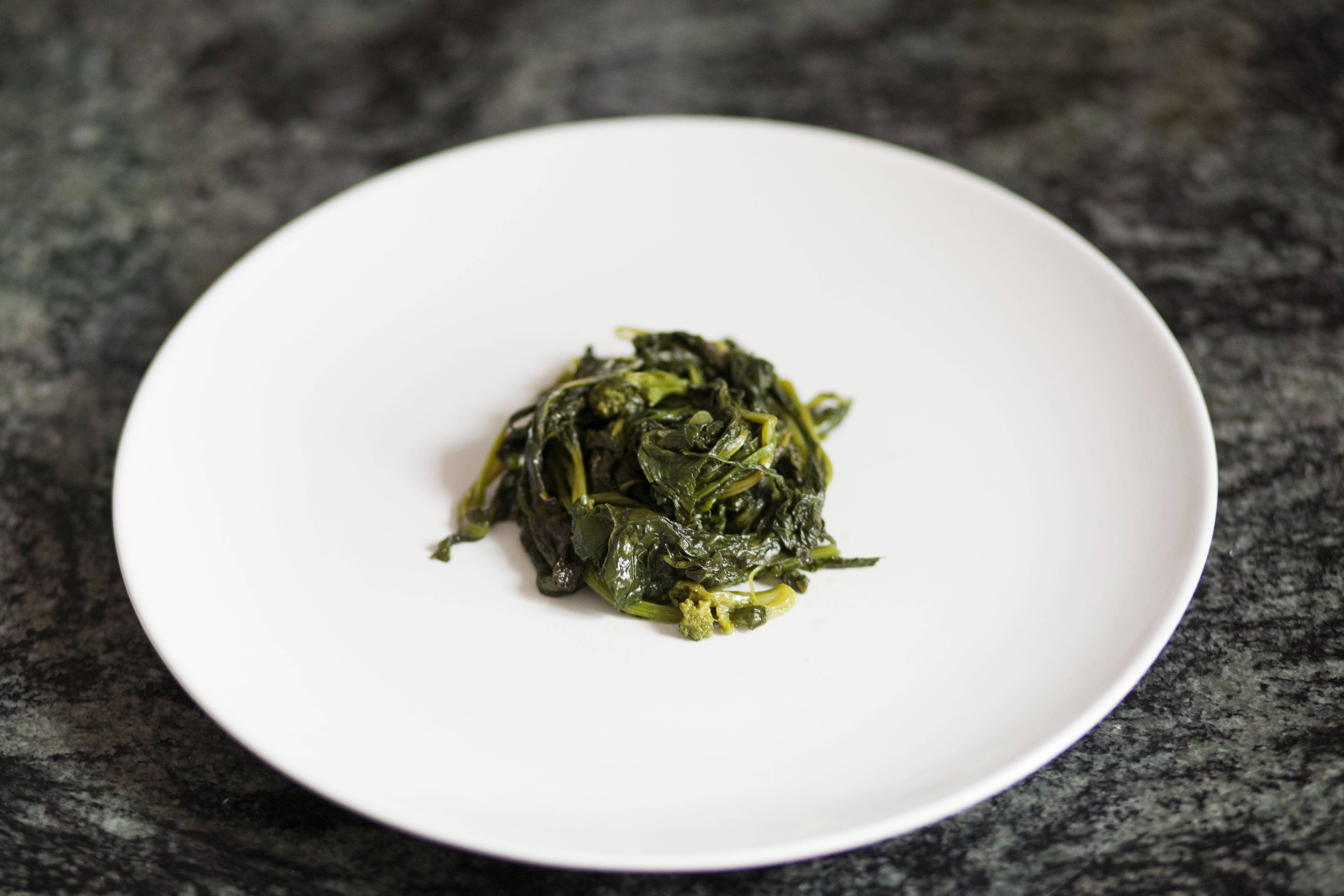
Among these scraps there were, in addition to the innards of the animals, our friarielli. The monzù did not know what to do with them, while the Neapolitan people brought out all the flavors and aromas in different preparations, from the one mentioned above - the simplest - with garlic, chilli and lard instead of oil - to pizzas and stuffed calzone.
The friariello is still today the symbol of a kitchen that recycles everything, genuine and authentic, capable of restoring the identity of a people, along with its ability to reinvent itself and to always find a way. One of the reasons why, before the “popularization” of aristocratic dishes such as ragù, the Neapolitans were defined as “leaf eaters”: vegetables, or better the scraps of the latter, were one of the few things they could afford to buy.
Pizza with sausage and friarielli | Ph. Anna Monaco - Trentaremi
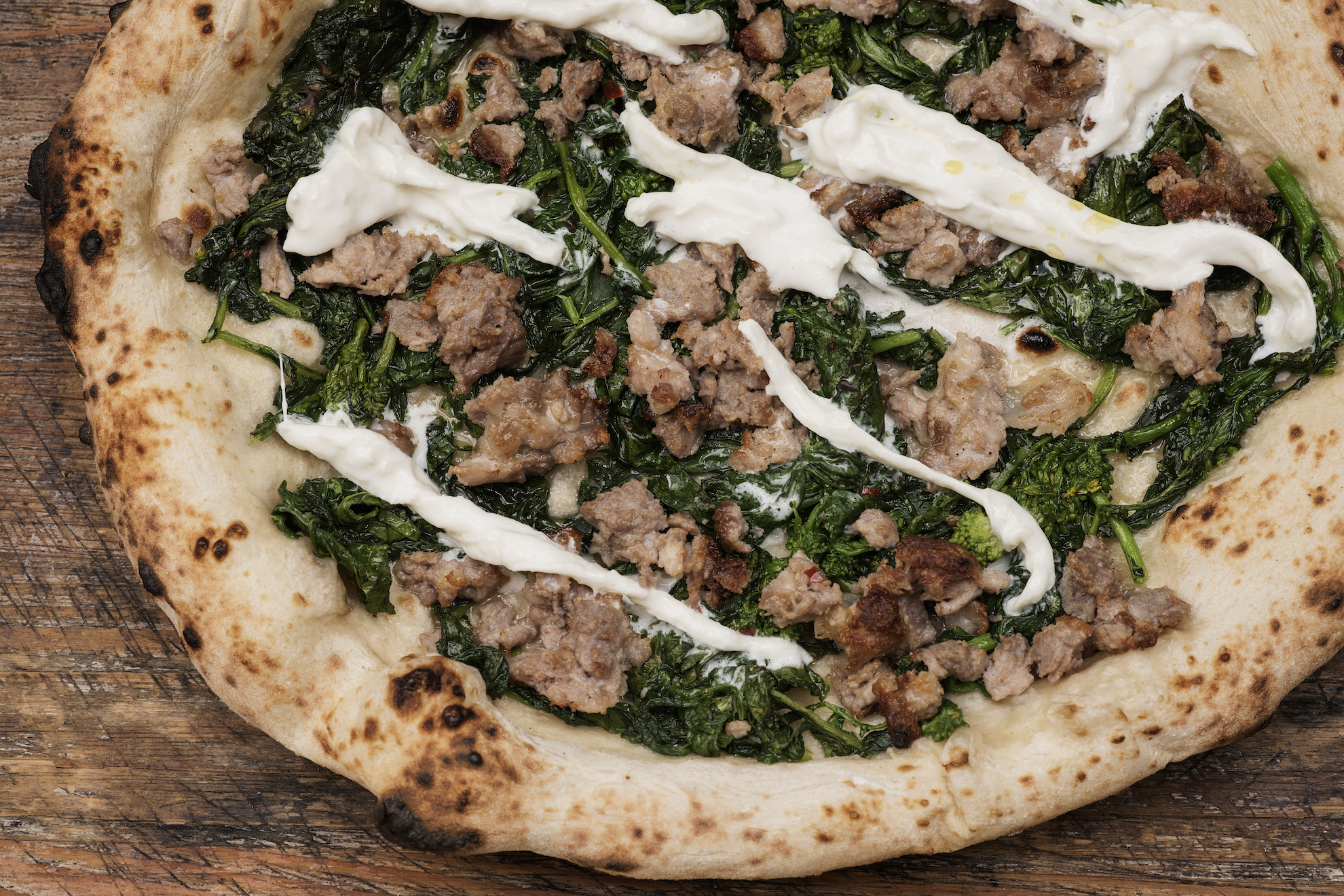
The friariello seems to be known in Campania, and in particular in Naples, since the seventeenth century, when the Viceroys of Spain sat on the throne. It is no coincidence that one of the most quoted etymologies of the word friariello is that which derives from the Castilian “frio-gelos”, which are a variety of winter broccoli. Another hypothesis, closer to the contemporary Neapolitan, is the one that comes close to the term “frjere”, in Italian “friggere” (fry), thus alluding to the typical preparation of the dish.
Finger food base of friarielli | Ph. Machi di Pace - Trentaremi

Today the friariello is much appreciated with meat dishes - the great classic is the combination with pork sausage - or even with fish: the combination with the squids is very appreciated, because they dissolve the bitter aftertaste typical of vegetables with their sweet taste. Finally, there are those who also experiment the friariello as a first courses, in particular with risotto, while still resisting, and finding more and more admirers, the addition of friariello as an ingredient to the classic Neapolitan pizza cooked in a wood oven.
